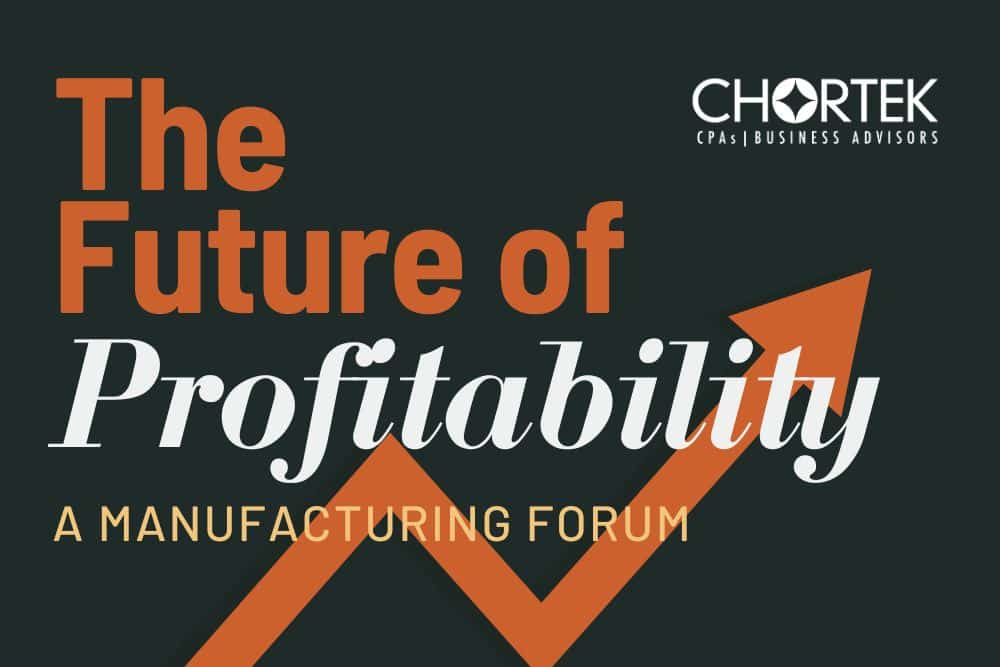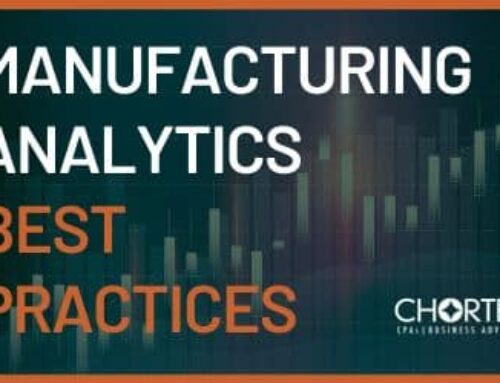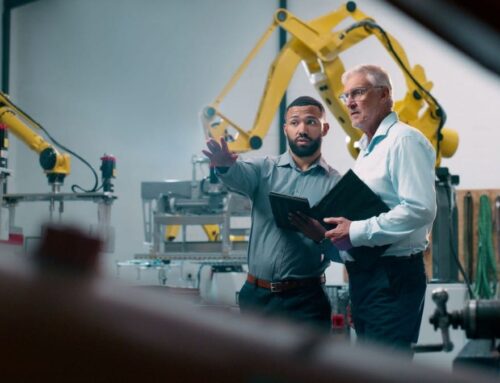
About the series. September 2024, a panel of five manufacturing experts at Chortek shared strategies and tactics for exploring top-line growth while protecting the bottom line. The following is one of five articles produced as a result of that forum.
Tax-Proof Your Profits: Strategic Tax Planning for Manufacturers
Effective tax strategies are crucial for manufacturers looking to protect their bottom line. With the right approach, businesses can minimize their tax liabilities and maximize cash flow, allowing for reinvestment in operations and growth. However, the complexity of the tax code means that many companies miss out on valuable opportunities to reduce their tax burden. Strategic tax planning is essential to ensure manufacturers are taking full advantage of available deductions and credits.
Michael Radtke, a tax partner at Chortek, emphasizes the importance of understanding the nuances of the tax code, particularly the opportunities that exist for manufacturers. “Taxes are often seen as a necessary evil, but with the right strategies in place, they can be a powerful tool to boost profitability,” he explains.
Taking Advantage of Depreciation Deductions
Depreciation is one of the most valuable tools in a manufacturer’s tax toolkit. Manufacturers frequently invest in equipment to streamline processes and improve efficiency, and the tax code offers two key ways to accelerate the depreciation of those assets: Section 179 and bonus depreciation. Section 179 allows businesses to expense qualifying equipment in the year it is purchased rather than depreciating it over several years, providing an immediate tax benefit.
Currently, Section 179 permits deductions up to $1.2 million, making it a highly attractive option for manufacturers investing in machinery or technology. Additionally, bonus depreciation—once allowing a 100% deduction—has begun phasing down, with the rate at 60% for the 2024 tax year. This rate will continue to decline unless Congress takes action to extend it.
“Depreciation isn’t just about accounting; it’s a cash flow strategy,” Michael notes. By leveraging these deductions, manufacturers can reduce their taxable income significantly in the year the asset is purchased, keeping more money in the business to fund operations or expansion.
Maximizing the Qualified Business Income (QBI) Deduction
Another key area of focus for manufacturers is the Qualified Business Income (QBI) deduction, which allows pass-through entities—such as S corporations and partnerships—to deduct up to 20% of their qualified business income. However, this deduction is set to expire in 2025, prompting manufacturers to consider how they can optimize their income over the next two years.
For many manufacturers, 2025 may be a year to strategically increase income to take full advantage of the QBI deduction before it sunsets. “It may sound counterintuitive, but sometimes you want to push income into a year where you can get a larger deduction,” explains Michael. This forward-thinking strategy can help manufacturers maximize the benefit of the QBI deduction while it’s still available.
Cash Basis vs. Accrual Accounting: A Strategic Choice
For manufacturers with average gross receipts under $29 million over three years, there is a choice between cash-basis and accrual-basis accounting, and this decision can have significant tax implications. While accrual accounting records revenue when earned and expenses when incurred, cash-based accounting recognizes income when it is received and expenses when they are paid, providing flexibility in managing taxable income.
The cash basis method can be particularly advantageous in years when a business wants to delay income recognition or accelerate expense payments, allowing for greater control over tax liabilities. “This flexibility can be a game-changer for manufacturers dealing with fluctuations in cash flow,” Michael says.
While this option may not be available for all manufacturers—especially larger companies—it can be a highly effective strategy for smaller manufacturers looking to manage their tax exposure in a way that aligns with their financial cycles.
Research and Development (R&D) Credits: Rewarding Innovation
Many manufacturers are unaware of the Research and Development (R&D) tax credits available to them. These credits provide significant tax savings for businesses involved in product development, process improvement, and technological innovation. “R&D credits aren’t free money, but they’re close,” Michael explains. “If you’re developing new products or improving your processes, you should be taking advantage of this opportunity.”
For manufacturers investing in automation, robotics, or custom software, the R&D credit can help offset the costs of innovation. Additionally, the credits can be applied to a range of activities beyond traditional R&D, including improving manufacturing processes on the shop floor.
However, it’s important to note that recent changes to Section 174—a provision related to the capitalization and amortization of R&D expenses—have made it more difficult for businesses to immediately deduct R&D costs. These changes will phase in over a five-year period, creating a more complex landscape for claiming R&D deductions. Despite these challenges, the benefits of R&D credits can still provide significant tax relief for manufacturers that keep accurate records of their qualifying activities.
State-Specific Credits and Incentives
Manufacturers operating in certain states, such as Wisconsin, may also benefit from state-specific tax credits. In Wisconsin, manufacturers can claim a 7.5% income tax credit on qualified manufacturing activities, which can bring a business’s effective tax rate down to under 1%. This lucrative credit is designed to incentivize manufacturing in the state, helping companies retain more of their profits.
“Not every manufacturer is taking full advantage of the available state credits,” Michael points out. For manufacturers based in Wisconsin, this credit can provide a substantial boost to profitability, especially when combined with federal tax strategies.
Conclusion
For manufacturers, effective tax planning is not just about compliance—it’s about creating opportunities to improve cash flow, reinvest in the business, and protect profits. By taking advantage of strategies like accelerated depreciation, the QBI deduction, and R&D credits, manufacturers can significantly reduce their tax liabilities and position themselves for long-term success. With careful planning and a proactive approach, tax season can become an opportunity to drive profitability rather than just another expense.
The first step to a solid tax strategy is a conversation with a professional who knows what questions to ask. Chortek has a 75-plus-year history of having those conversations with manufacturers like you. Our team of tax professionals is ready for that conversation when you are.
Author Bio: Michael Radtke is a tax partner at Chortek LLP with 29 years of experience providing tax services to small- and mid-sized businesses, particularly in the manufacturing sector. He specializes in both individual and business tax planning, helping companies minimize their tax liabilities and maximize cash flow through strategic planning. Michael has dedicated much of his career to working with manufacturers and their owners, offering guidance on tax-efficient strategies that foster growth and profitability.
Suggested Reading:
Read the entire Manufacturing Forum: The Future of Profitability series.
From Data to Dollars: Unlocking Profitability with Manufacturing Analytics
Maximize Margins: ERP Best Practices for Profitable Manufacturing
The Role of IT in Driving Manufacturing Profitability
M&A Trends in the Manufacturing Industry: Seizing Opportunities in a Changing Market



